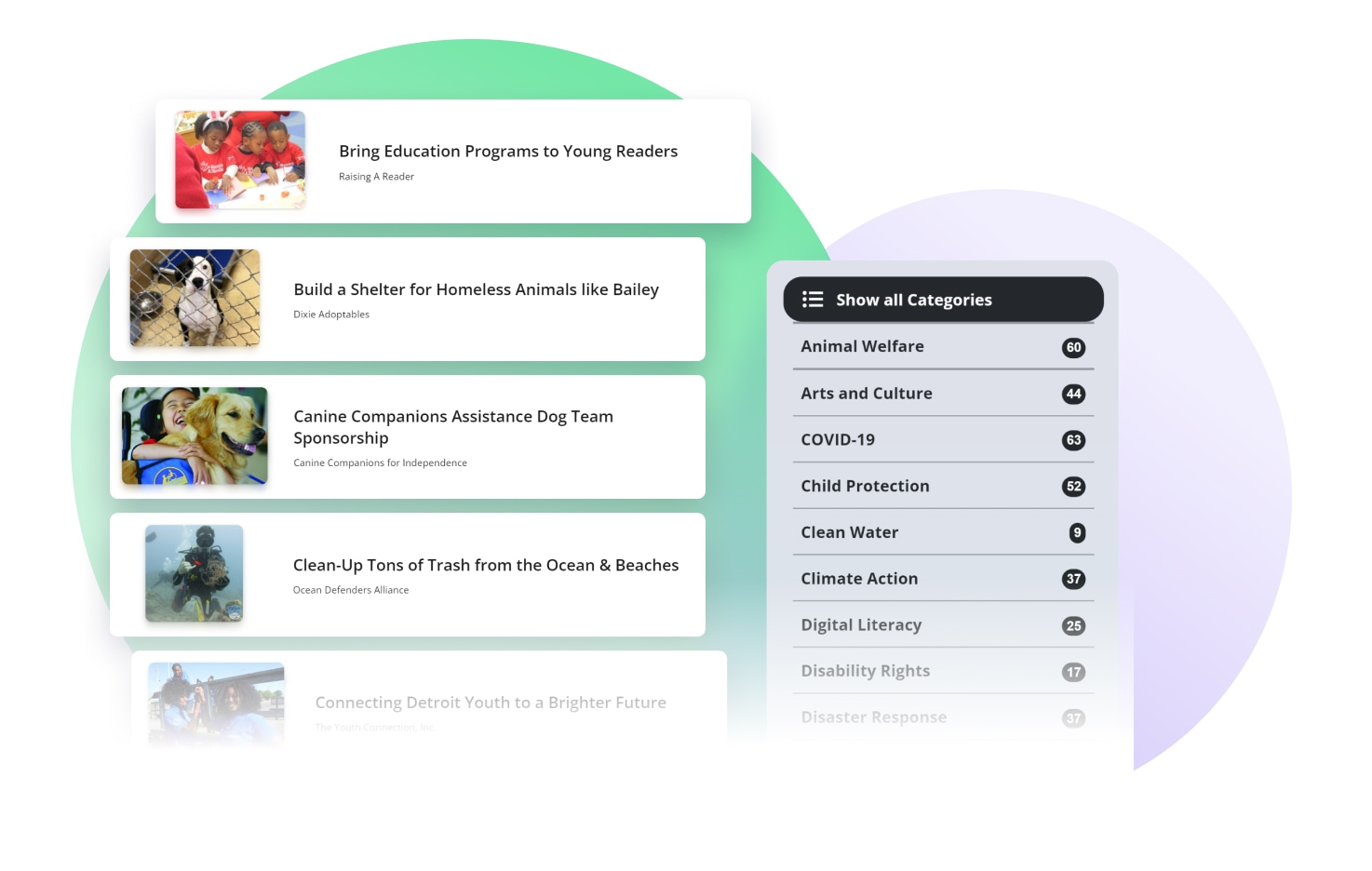

Tasks like Inserting Table of Contents, Linking documents, Mail Merge, Inserting Documents, Embedding documents, inserting pictures, watermark. Almost all of the tasks which we perform on word 2003 can be done programmatically using C# or VB. Word automation almost completely involves working with objects and reference types. Working on Word is considered to be straightforward, but doing the same programmatically gets a little intricate. If ((fptr = fopen("C:\\program.Word Automation through C# is all about programmatically generating the Word Document using C# code. When you open the file, you can see the integer you entered.Įxample 2: Read from a text file #include This program takes a number from the user and stores in the file program.txt.Īfter you compile and run this program, you can see a text file program.txt created in C drive of your computer. use appropriate location if you are using MacOS or Linux The only difference is that fprintf() and fscanf() expects a pointer to the structure FILE.Įxample 1: Write to a text file #include They are just the file versions of printf() and scanf(). Here, fptr is a file pointer associated with the file to be closed.įor reading and writing to a text file, we use the functions fprintf() and fscanf().

The file (both text and binary) should be closed after reading/writing.Ĭlosing a file is performed using the fclose() function. Open for both reading and appending in binary mode. Open for both reading and writing in binary mode. If the file does not exist, it will be created. If the file exists, its contents are overwritten. If the file does not exist, fopen() returns NULL. The reading mode only allows you to read the file, you cannot write into the file. The second function opens the existing file for reading in binary mode 'rb'.


Storing in a file will preserve your data even if the program terminates. When a program is terminated, the entire data is lost.A file is a container in computer storage devices used for storing data.


 0 kommentar(er)
0 kommentar(er)
